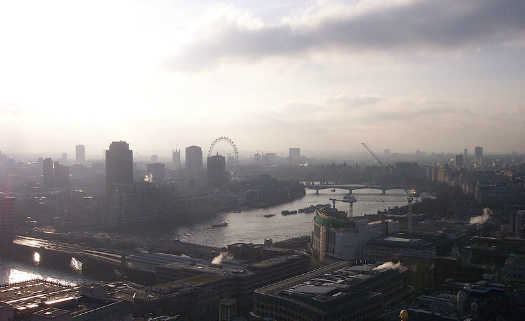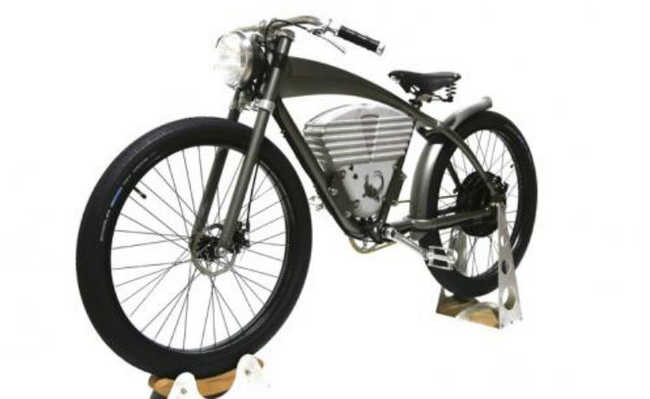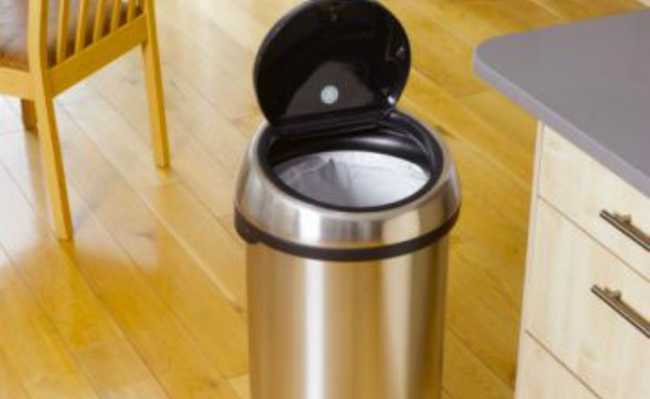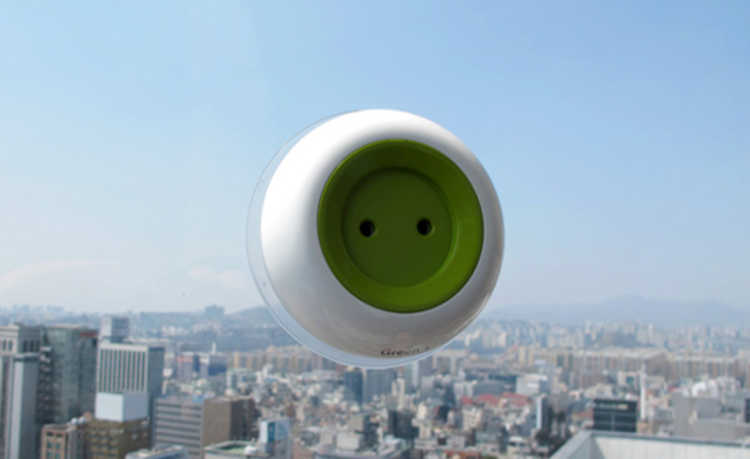Briton creates carpet that generates electrical energy with the force of footsteps
Each footfall produces 7 watts. A lamp located in the center of the mat turns on to show that the energy has been captured
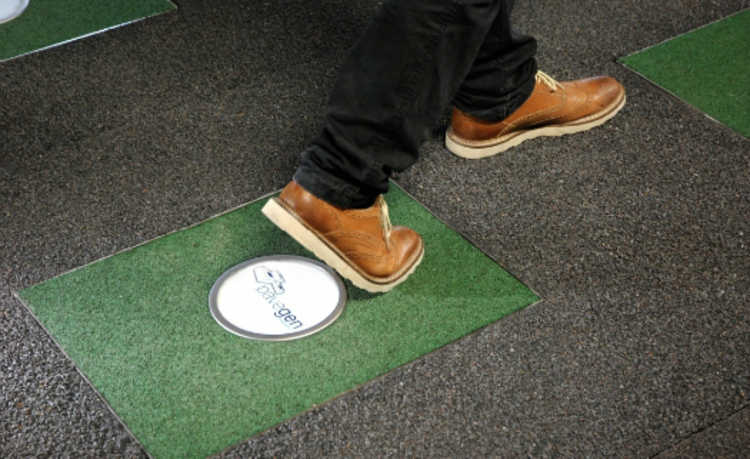
The search for alternative sources of energy is already a concern for scientists and designers who deal with the issue due to the fact that traditional fuel sources, such as oil, are finite and polluting. There are already several very unusual ways to obtain energy: through electromagnetic fields, algae and even fabrics and plastics. But have you ever imagined that a rug could also have this function?
That's exactly the idea behind the new invention by Briton Laurence Kemball-Cook. It is a mat that generates electrical energy through the kinetic energy created by footsteps. Dubbed Pavegen, it has a simple way of working: an energy-absorbing plate is located under the cover made of recycled rubber. It converts kinetic energy (from the force of footsteps) into electrical energy, which is stored to be used for various purposes, such as supplying public poles and traffic lights or recharging batteries and electronic devices.
The boards are flexible, waterproof, weigh 28 kg and have a power of 12 volts of direct current. Each step produces 7 watts of power and leads to a light on the central part of the plate, which shows that the energy has been captured. Recycled rubber is preponderant at the top. The base of the board is made with more than 80% recycled materials.

Pavegen is ideal for urban centers where there is a large circulation of people. One of the locations that served as a test for the product was the train station in West Ham, London. There, several plates were installed, forming a mat in order to capture a reasonable amount of energy (see more here).
This was another product that tried crowdfunding, known abroad as crowdfunding, on the Kickstarter platform. In an attempt to attract people to funding Pavegen, the creators decided to install some of these signs in the hallway of a school in the UK. However, surprisingly, the project did not reach the amount previously stipulated in the allotted time.

But that didn't shake the creators. Pavegen aroused the interest of well-known brands and institutions, such as the NGO World Wildlife Foundation (WWF) and the beverage company Johnnie Walker. WWF, at Earth Hour in 2012, made a dance floor with the boards and an interactive light table (see more here). Already the whiskey company created the Johnnie Walker Keep Walking Project in Madrid, Spain, in which 42 million steps were "collected" to be converted into electrical energy.
Another promotion of the initiative took place in Brazil, at TEDxRio+ 20, when design Laurence Kemball-Cook came to give a talk about his creation (check the video here).
Application and feasibility
One of the various possibilities for using the signs would be their massive installation on sidewalks, which would make the simple walks generate energy to power the light poles. Another option would be to use the new technology in subway stations. Imagine the amount of energy that would not be generated with the huge number of people circulating during "rush". It would keep the station's lamps working.
As for the marketing of the product, the exact price is not known, but a spokesperson for Pavegen said that, after cutting costs in half compared to 2012, the objective is to make the price revolve around R $154 per plate.
For more information, visit the official Pavegen website.
Check out the video below (in English) about product disclosure:


